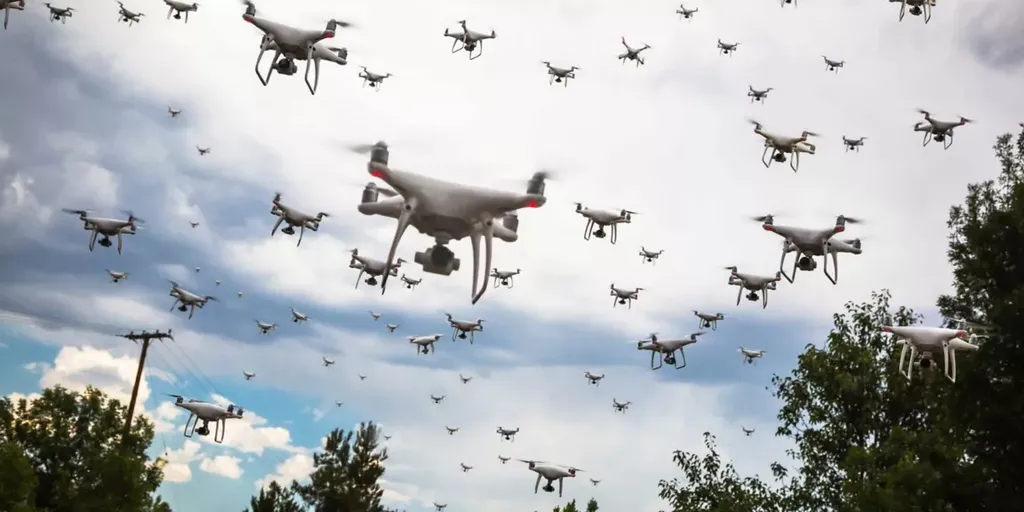Researchers from the University of Sheffield and the University of Bristol have developed a novel approach to optimise the positioning of unmanned aerial vehicles (UAVs) for received signal strength (RSS)-based passive localisation, addressing real-world constraints that impact drone swarm operations. The team, led by Xin Cheng and Jiangzhou Wang, has formulated a method to enhance the precision of localisation systems used in military and civilian applications, such as search and rescue missions, wildlife tracking, and electronic warfare.
The study focuses on the critical role of sensor-target geometry in localisation accuracy, an aspect often overlooked in existing sensor placement strategies. Traditional methods assume unrestricted sensor movement, but UAVs face practical limitations, including geographical boundaries, security concerns, and maximum flying speeds. To address these constraints, the researchers employed the D-optimal criteria, which minimises the determinant of the Fisher information matrix (FIM), to formulate an optimal sensor placement problem.
Through rigorous algebraic and geometric derivations, the team proposed optimal and closed-form configurations for UAVs under various flying states. These configurations ensure high-precision localisation while adhering to real-world operational constraints. The researchers demonstrated the effectiveness and practicality of their proposed configurations through simulation examples, validating their approach in diverse scenarios.
This research holds significant implications for the defence and security sector. In military operations, precise localisation is crucial for target tracking, surveillance, and electronic warfare. The ability to optimise UAV positioning under constraints enhances mission effectiveness and reduces operational risks. Additionally, in civilian applications such as search and rescue, accurate localisation can save lives by improving the efficiency of drone-based search operations.
The findings also highlight the importance of considering real-world constraints in the development of localisation systems. By addressing these constraints, the researchers have provided a more practical and applicable solution for UAV-based localisation. This approach can be integrated into existing systems to improve their performance and reliability, ultimately benefiting both military and civilian users.
Moreover, the study underscores the potential for further advancements in UAV technology and swarm intelligence. As UAVs become increasingly integral to modern defence strategies, optimising their deployment and functionality will be key to maintaining a technological edge. The researchers’ work lays the groundwork for future innovations in this field, paving the way for more sophisticated and effective UAV-based systems.
In conclusion, the research conducted by the University of Sheffield and the University of Bristol represents a significant step forward in the optimisation of UAV positioning for passive localisation. By addressing real-world constraints and employing advanced mathematical techniques, the team has developed a practical and effective solution that enhances the precision and reliability of localisation systems. This work not only advances the field of UAV technology but also contributes to the broader goal of improving defence and security capabilities. Read the original research paper here.

